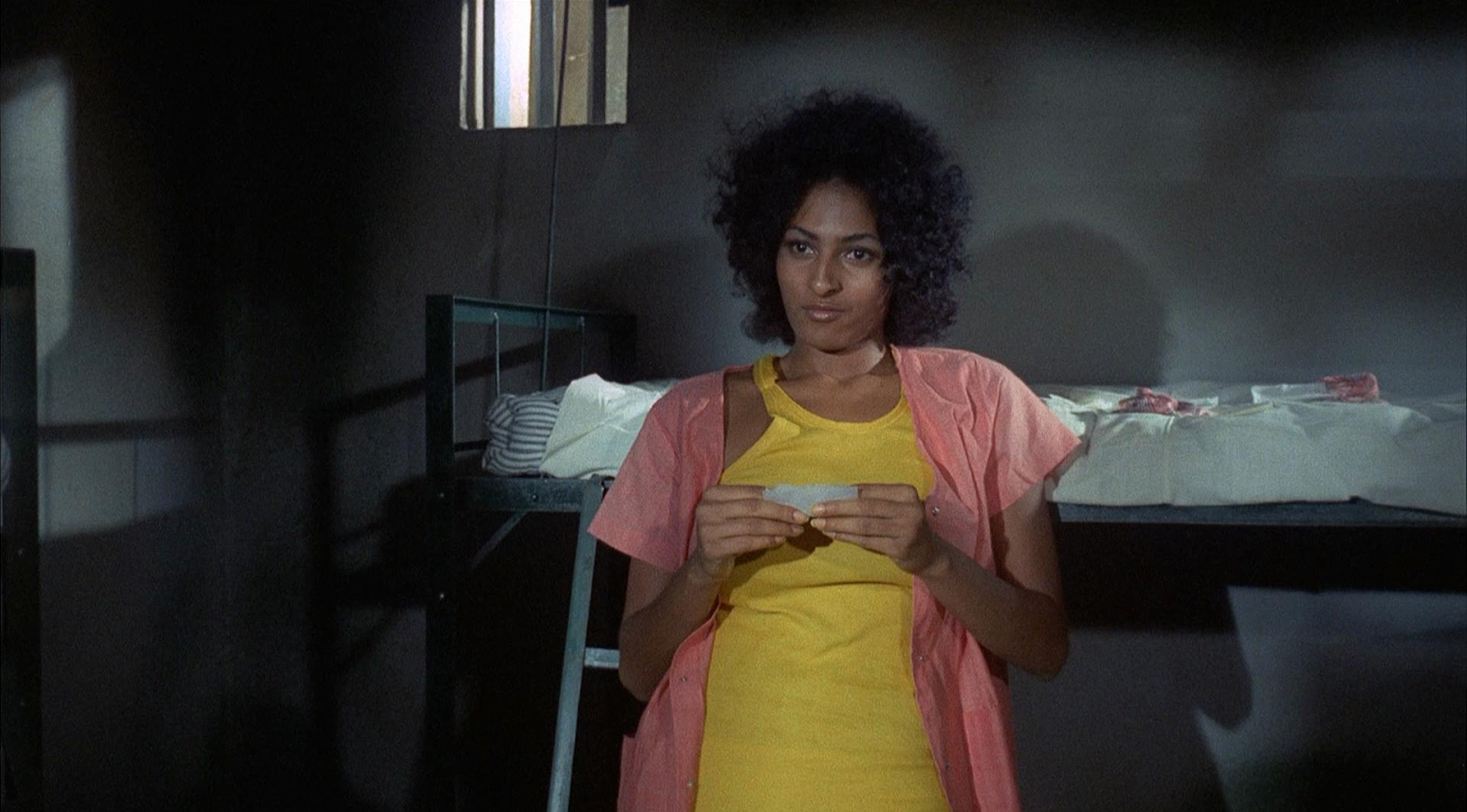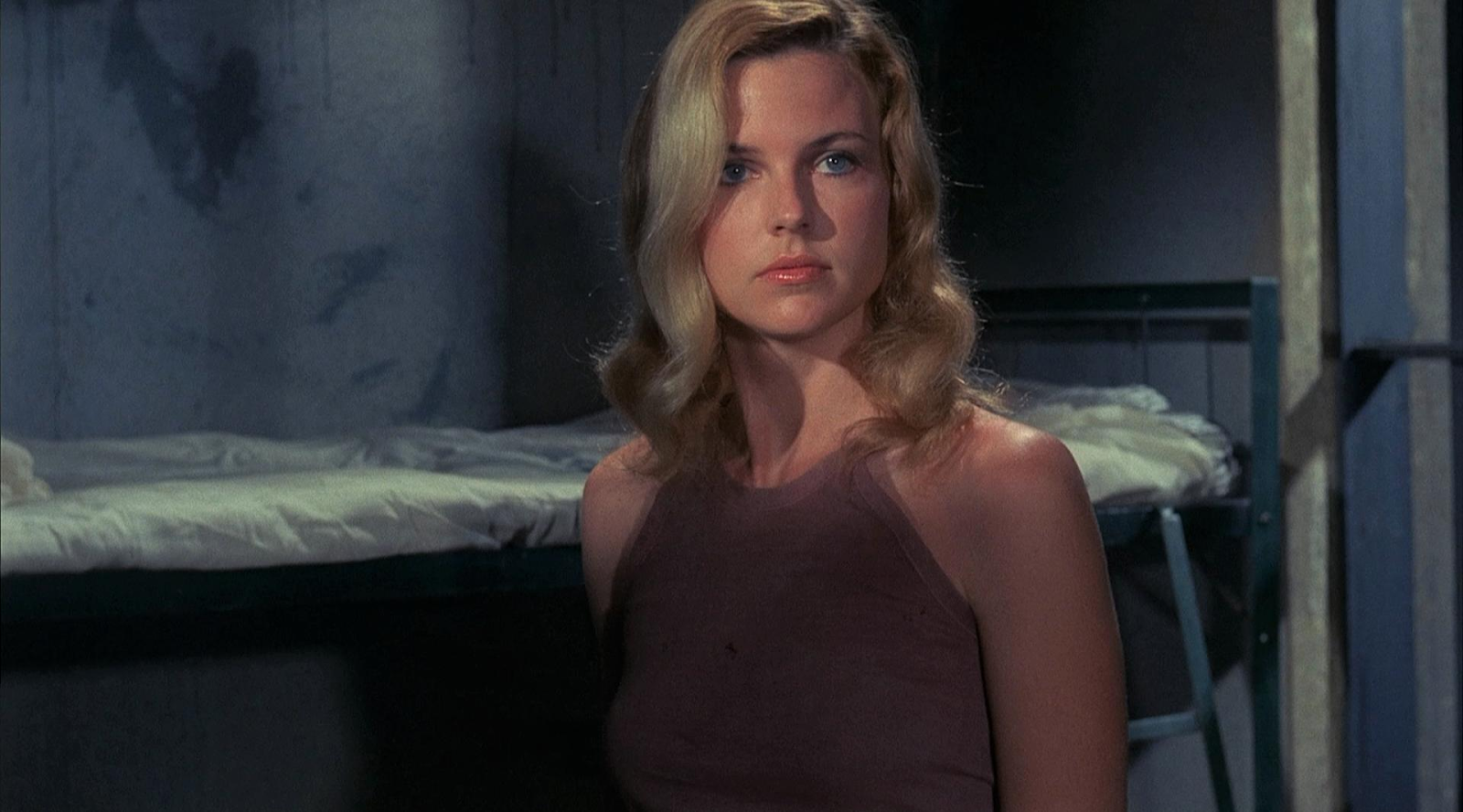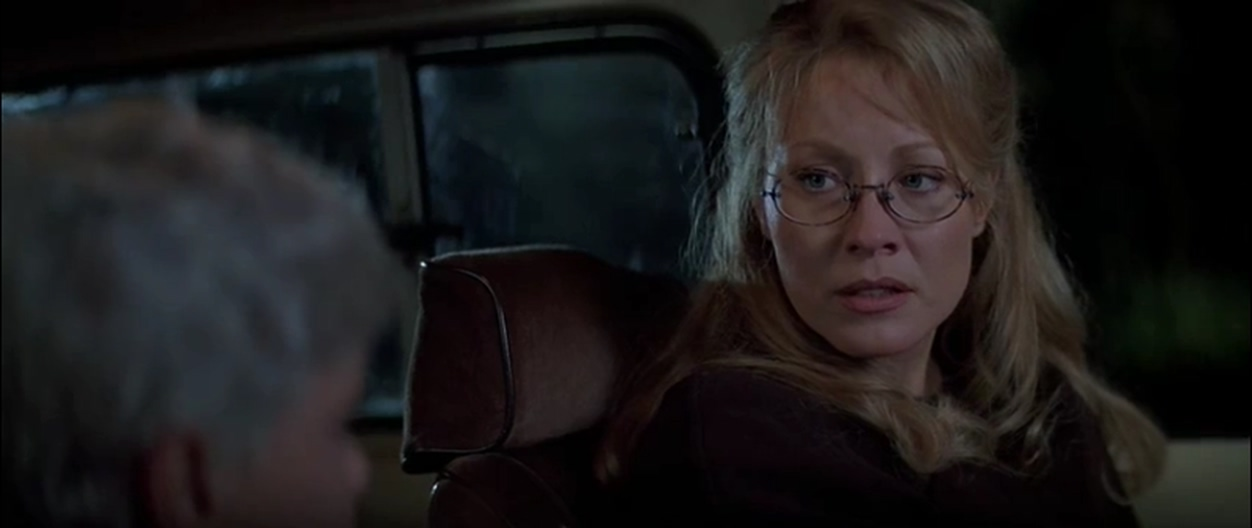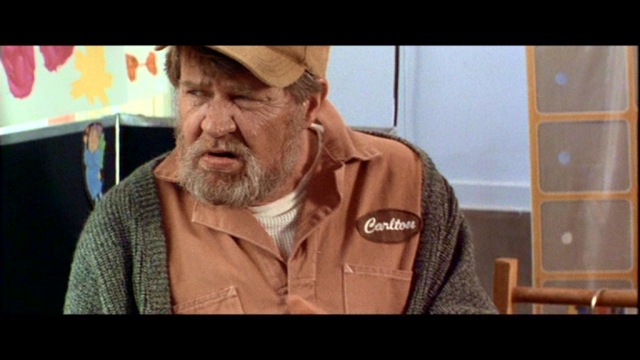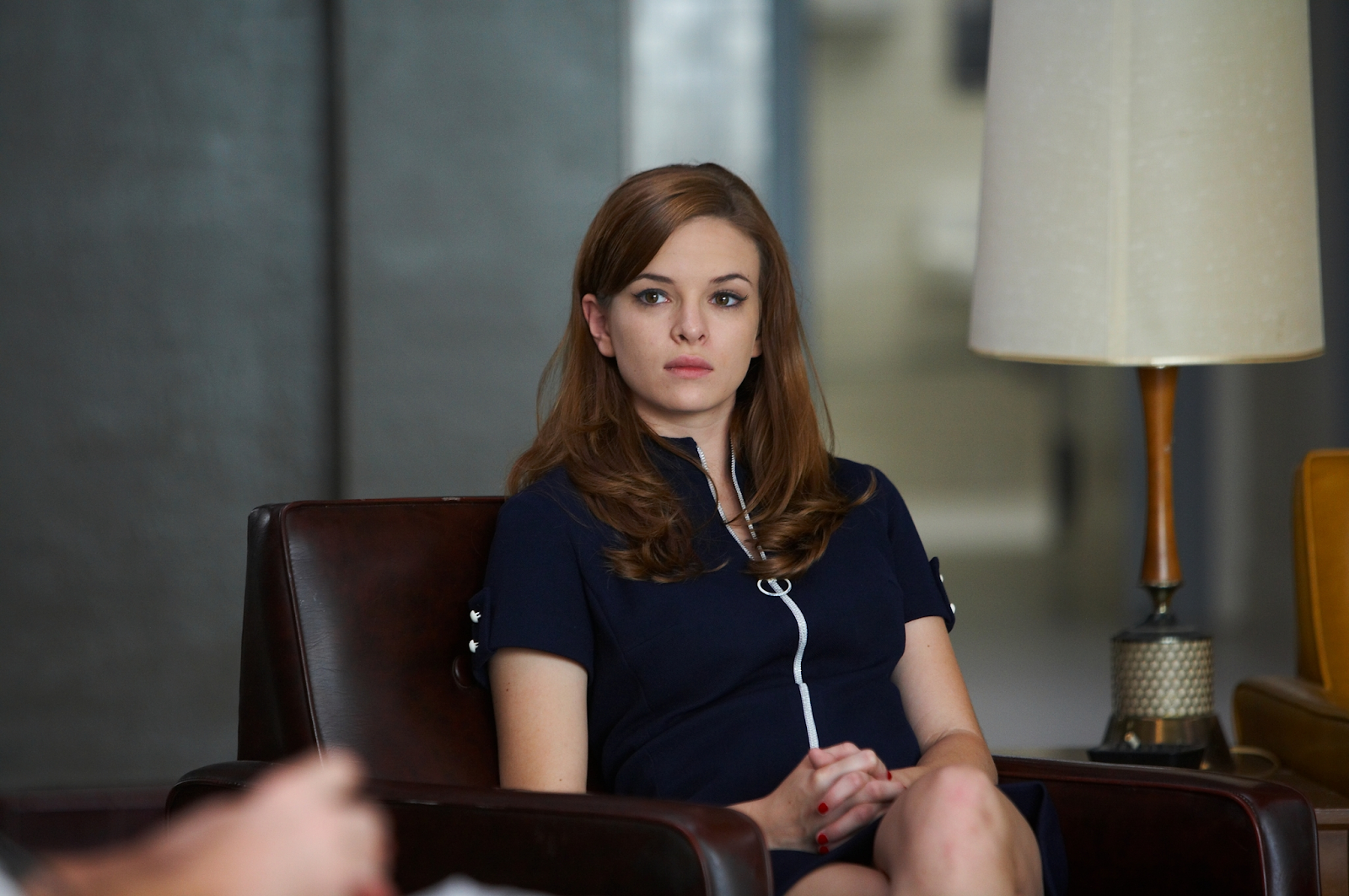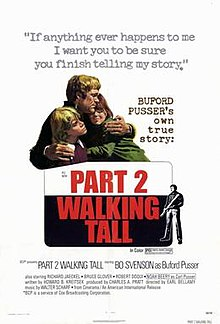Anytime a movie has something that has not been before is a good measure of the filmmaking craft and how entertaining it is. There were moments with the special effects involving invisibility where there were things I have never seen before. The idea of being invisible hampering someone's life, instead of giving it merits is an interesting concept to explore. I found this movie endlessly entertaining, despite some of its shortcomings. As this film was rewritten by John Carpenter after Ivan Reitman stepped down you can see the shortcomings in the writing and the clout that Chevy Chase had in the decision making process. The film isn't quite funny enough to be a comedy. It isn't thrilling enough to be the mistaken identity thriller it seems to be trying to be at times. This could have been even better if the film committed more to some of its elements. It is nonetheless ambitious and entertaining.
Synopsis: Nick Halloway (Chevy Chase) is an average businessman who undergoes an extraordinary change when an experiment gone awry turns him invisible. Government operative David Jenkins (Sam Neill) discovers Nick in his see-through condition at the scene of the accident and arranges for him to be taken into custody, but he escapes. As Nick tries to find out more about his strange situation, he receives aid from Alice Monroe (Daryl Hannah), a pretty acquaintance who helps him avoid capture.
I like that the film shows the ingenuity of the special effects right away. The film starts with Chevy Chase as Nick Halloway in a recording studio telling his story. We see a pencil up in the air, a piece of bubble gum that he blows on while invisible. The film has many effects of this caliber, one of my favorites being a scene where you see him on the opposite side of the mirror holding a phone and you see the reflection of just the phone in the air. One decision this film made is still showing Chevy Chase on screen despite his invisibility. That probably has more to do with the production company wanting to keep him on screen as much as possible and the bottom dollar, though I did enjoy his physical presence. It differs from the original THE INVISIBLE MAN in that way. In that film Claude Rains is never seen until the very end of it. Rains' voice dominated that film. Chevy gets some noir style voiceovers in this but his physical presence reigns supreme over that element.
Chevy Chase as Nick
Nick is a member of high society and his friend George Talbot (Michael McKean) introduces him to Alice Monroe (Daryl Hannah) at an exclusive country club they like to go to. I did enjoy the set up of this eventual romance. Nick and Alice start having a conversation about things they do and don't like and next thing they are in the bathroom making out. Alice and Nick agree to go out a different day as she says she has something else to do that night. It is a funny moment when they sneak away from George and his wife and Nick says he thought they were just finding a way to get out of the situation and Alice says she actually does have somewhere to be that night.
This might be the best Daryl Hannah has ever looked.
Hungover, Nick nearly falls asleep during a lecture from a chemical company he is required to be at. He leaves to go to the sauna and take a nap. While this is happening a lab tech spills his drink on some equipment. Instead of the building exploding half of it turns invisible. Resulting in an interesting visual effect when it is seen. Nick is turned invisible by this accident. Shady CIA operative David Jenkins (Sam Neill) tries to corner Nick by surrounding him. Nick at first goes along with the idea but changes his mind when the CIA agents talk about studying him and Jenkins says he can't let him leave. Nick fights them off and flees.
How cool does that partially invisible building look?
The next parts of the film are the funnier parts and the parts that explore the hindrance of invisibility. Nick has to knock out a man and pretend to be drunk in order to get into a taxi. This results in him having to use his hands to open the man's mouth when talking and using his hands to give him the money. Nick eventually appeals to Dr. Wachs, the man giving the presentation at the chemical plant, for help. When Nick goes to meet Dr. Wachs at a college that is when we see him in classic invisible man garb. When he starts to reveal himself however Jenkins' men corner him and he has to escape as Wachs is shot and killed.
Nick's invisible man getup
The second half of this film has some great scenes of using invisibility to spy on people. I love it when Nick went into CIA headquarters to spy on Jenkins and his men to see what they were saying about him. It was fitting for his character to reveal himself to Jenkins and by yawning and cracking his bones. Jenkins attempts to recruit him. Nick, however, does not want to kill people and holds Jenkins at gunpoint so he can get away. The next invisibility spying scene is equally interesting and fun. Nick goes to stay at George's summer home. There are some fun moments before his friends show up. Nick calls a food delivery person and asks him to leave the food on the table and go. The delivery boy ends up looking for stuff to steal prompting Nick to say something and have the man leave in horror.
George eventually shows up with his wife and Alice and a new friend, Richard (Gregory Paul Martin). There is a fun moment where Richard gets a little too aggressive with Alice in bed and Nick, unknowingly to Richard, punches him. They all have moments talking about Nick as they know he is the one who broke in because of the drinks he has bought. Again, much like the scene of spying on the CIA agents this is another scene I enjoyed because you don't see things much like it. This is like being able to know who your true friends are by knowing what they say behind your back.
SPOILER SECTION
Eventually, Nick's loneliness and love for Alice make him want to reveal himself to her. He does so after calling her to the beach house. After Nick starts taking clothes off to reveal his invisibility Alice faints. Alice agrees to help Nick and go away with him. Nick is planning to have Alice buy stocks for him so they can make money. They agree to flee to Mexico. There are some funny moments when Alice keeps grabbing food for Nick. Alice stays at the house when the others leave. Jenkins and his men take a helicopter to the house after monitoring George's phone calls that mention Nick.
How Nick looks after Alice puts some makeup on him. Another great image of many from this movie.
They go to Mexico but eventually Jenkins tracks them down. There are some interesting action scenes here. The agents have some kind of thermal or infrared goggles that allow them to see Nick. Anytime it rains his outline also becomes visible. They are on a train to Mexico when they are once again intercepted by Jenkins and his men. Nick eventually jumps off a bridge and survives. Alice is kidnapped by Jenkins and his men. Nick agrees to an exchange where Alice goes free. George helps during the exchange by going into the phone booth pretending to be Nick. A chase ensues where Jenkins and Nick eventually meet on a roof. Nick fakes out Jenkins by holding his clothes up and Jenkins falls to his death. Everyone thinks that Nick is also dead. Singleton, Jenkins' boss, lets Alice go. Nick eventually surprises her and they flee to Switzerland. We see Nick is skiing by just seeing his clothes. A pregnant Alice greets him on the mountain.
I enjoyed all of the different things in this film that I had never seen before. All of the floating objects and different invisible things in the same shot with real things was cool to see. Nick using his invisibility for spying was interesting. There are some funny moments throughout, though not many laugh out loud moments. The closest anything came to being that funny was when Nick scared the delivery boy at George's house. This film would have been better if it had committed to something. It never has anything close to exciting as the plane chase scene or the Mt. Rushmore scene you would see in NORTH BY NORTHWEST. That is the type of film Carpenter was trying to make. Chase not committing fully to the comedy is another aspect where it misses a bit. Sam Neill is a delight. Neill is normally a more intense actor and here it just looks like he is having fun. In the hands of another director Jenkins probably would have survived at the end but I can see Carpenter injecting more darkness into this by having him fall to his death. I did like the idea of exploring the loneliness of invisibility.
I wish Nick would have gone through more of an arc. Every adaptation of the INVISIBLE MAN features a character becoming stronger or becoming crazier as a result of their affliction or ability. Nick starts out as a sleazy and charming stock analyst and basically ends the film as such. The only reason the villains come after him is he reveals himself to Alice and she eventually gets kidnapped. The movie could have been better if it explored his vulnerabilities even further. He seems content to just live in George's summer home. That whole thing feels like a subplot right out of a comedy film. I would've liked to see Nick pushed even more to the brink. Have him contemplate revenge or something by having the agents kill some of his friends or something. Maybe force him to kill someone somehow and see how he deals with that. This movie is entertaining but could have been even better. The funny and unique moments really help keep it engaging throughout. I do wish Carpenter would have done more of these director for hire gigs as STARMAN is my favorite film of his and this is not quite as good but similarly entertaining.
Rating: 7.5/10
Trivia:
John Carpenter has stated that this is his least favorite of all the films he's directed, and is the film he "hates thinking about the most". One reason was because of the constant studio interference that didn't allow Carpenter much creative freedom. Carpenter also called Chevy Chase "a director's worst nightmare" and "nearly impossible to direct", also saying the same about Daryl Hannah. According to Carpenter, Chase would complain non-stop about the film's tone and hated wearing the special effects, often prematurely removing his makeup and ruining hours of filming. At one point, Carpenter broke a clipboard in half over his knee in a fit of rage when Chase removed his makeup mid-take. Carpenter said that Chase and Hannah were "immune to any punishment from the studio, and they knew it, so they walked over me and everyone else on set and essentially told us we'd be replaced if we had any problem with them...it was like working with your boss's snooty children who would tattle on you if you didn't bend to their every will." Despite this, Carpenter ended up bonding and seeking comfort in Sam Neill over the troubling production and the two became close friends, with Neill agreeing to work with Carpenter again on In the Mouth of Madness (1994).



